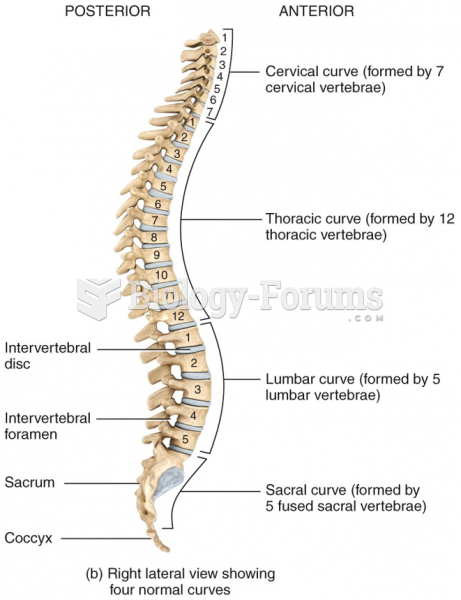|
|
|
It is believed that humans initially contracted crabs from gorillas about 3 million years ago from either sleeping in gorilla nests or eating the apes.
Hippocrates noted that blood separates into four differently colored liquids when removed from the body and examined: a pure red liquid mixed with white liquid material with a yellow-colored froth at the top and a black substance that settles underneath; he named these the four humors (for blood, phlegm, yellow bile, and black bile).
Human kidneys will clean about 1 million gallons of blood in an average lifetime.
In most cases, kidneys can recover from almost complete loss of function, such as in acute kidney (renal) failure.
More than 2,500 barbiturates have been synthesized. At the height of their popularity, about 50 were marketed for human use.







